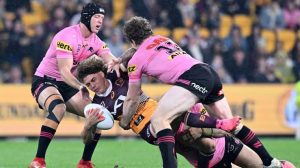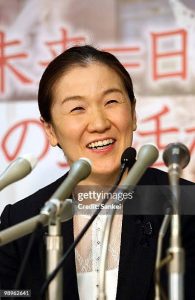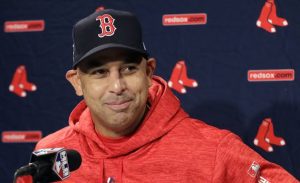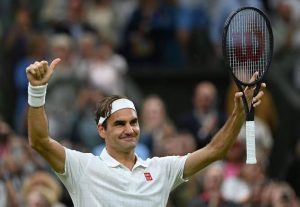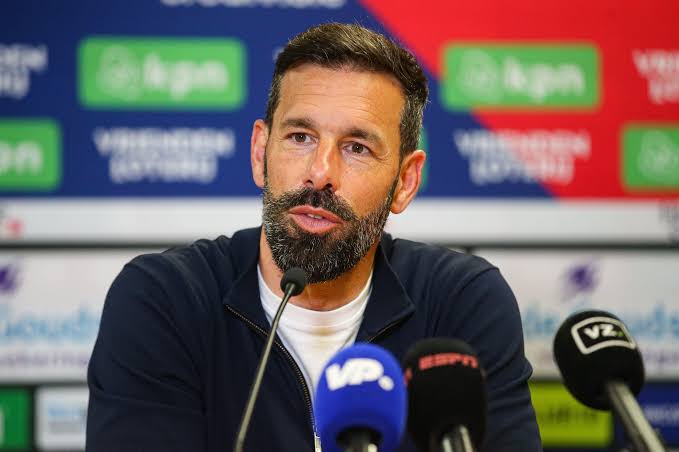
Ruud was born in Amsterdam, where he started playing football at ASV Meerboys. He later played for DWS, before making the switch from Amsterdam amateur football to HFC Haarlem, then an Eredivisie club, at the beginning of the 1978-1979 season. A physical youngster, Ruud quickly stood out and as a 16-year-old he made his Eredivisie debut for the first team, against MVV Maastricht.
Young talent
In his debut season 1979-1980, he played 24 games for HFC Haarlem, but was relegated from the Eredivisie. In the following season, in the First Division, he played no less than 36 games for the club, in which he scored 14 times. Ruud had a big part in the championship of HFC Haarlem in 1980-1981, when the club promoted again to the highest level. Ruud was awarded the prize of best footballer of the Eerste Divisie after that season and also made his debut in the Dutch national team on his 19th birthday.
His return to the Eredivisie became a season for Ruud in which he would once again excel. He scored fourteen goals, HFC Haarlem finished fourth and qualified for European football for the first time in club history. Ruud moved from HFC Haarlem to Feyenoord in 1982.
Prizes in Rotterdam
Gullit had a good first season at Feyenoord by playing 33 games and showing he was an important link, but his campaign in the 1983-1984 season became one with a golden edge. With Johan Cruijff as his attacking partner, Ruud won the double (national championship and the KNVB cup), played his first European matches and, by now transformed into an attacking midfielder, was voted Dutch footballer of the year. After a third season in which he was mostly injured, he made the move to PSV. Another glorious period would follow.
Success in Eindhoven
In the 1985-1986 and 1986-1987 seasons, Ruud wore the PSV shirt. He scored 24 and 22 goals respectively and won 2 national titles in an iconic period for the club: between 1986 and 1992 PSV crowned themselves 6 times national champions. At PSV, Ruud was again voted Dutch Footballer of the Year. At the club at the time, he played alongside the likes of Ronald Koeman, Gerald Vanenburg and Ivan Nielsen; big names in club history. He earned a transfer to powerhouse AC Milan, where he came to play with Marco van Basten and bosom friend Frank Rijkaard.
Golden Italian years
Together with Rijkaard and Van Basten, Ruud formed the so-called “golden trio” in Milan. Here Gullit functioned on the right flank or as a center striker, where his quality was well displayed. Here, too, Ruud won several awards: in addition to three national titles, three Italian cups and two UEFA Champions League titles, he also became a European footballer once and received the Golden Ball for world footballer of the year three times. At the end of the 1992-1993 season, where he had become Serie A champion for the third time, he made a domestic transfer.
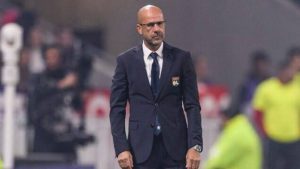
With the logo of the also Italian Sampdoria on his chest, the Dutchman also managed to impress. With Ruud Gullit as talisman, Sampdoria finished third in the Serie A rankings. With 16 league goals, that was his most productive season in Italy. Ruud also qualified for the cup final, where Sampdoria kicked off against his old team AC Milan. It was Gullit who scored the winning goal. AC Milan then signed Ruud again, for the 1994-1995 season. In his second spell at the club, he again won the Italian Super Cup. After few appearances, he returned halfway through the following season to Sampdoria, where he was drafted more than twenty times and scored eight goals.
Last adventure in London
After eight years of activity under the Italian sun, the 32-year-old Ruud left for England. At Chelsea FC, he served as player-trainer in two consecutive seasons. In 1997, he won the FA Cup with “The Blues,” his only trophy in London. Finally, in 1998, he was fired as coach at Chelsea and hung up his football boots.

Legend in Orange
As mentioned, Ruud made his debut for the Dutch national team at the age of 19. At that time he was still under contract with HFC Haarlem, but during his time as an AC Milan player he experienced the best moments as an Orange legend. For example, the midfielder scored five goals in the qualifying matches that allowed the Netherlands to qualify for the 1988 European Championship in West Germany. With the captain’s armband on his arm, he played an impressive tournament with Orange, and managed to qualify for the final by winning 2-1 against West Germany in the semifinals. That final will be remembered by many Orange supporters: it was won 2-0 against the Soviet Union, with Ruud scoring the opening goal. So far, it is the only international final tournament that the Netherlands managed to win. As an international, Ruud appeared at the 1990 World Cup and the 1992 European Championship. He played a total of 66 games in the Dutch national team, scoring 17 goals.
